Food is out there – just hanging on vines, dangling from trees, and lying on the ground. And it is going to waste. How can you gather some of this food? Forage. Suburban landscapes are rife with edible food that no one realizes can be used and preserved.
Note: Before you saunter up to a grape vine or productive tree, make sure you have the owner’s permission. If there is no clear owner, gather cautiously and be prepared to give up your harvest if the owner appears. Never gather anything you cannot clearly identify either. There are many berries that have look alikes that can be dangerous.
Here are a few ideas of places to start looking for this food and enjoying the bounty:
Apple trees
Many areas of the northeastern states were once pasture lands and had apple trees. Check out leafy pathways and old trails that when explored could yield old fruit trees such as apple or pear trees. Most older houses, even modest ones, had a few fruit trees here and there. Urban landscapes often yield an old apple tree or two if you look on the path less traveled.
Apples can be eaten fresh, dried or preserved. Since wild apples often are less than perfect, using them for apple sauce or apple butter is also ideal. You can turn them into apple sauce by peeling, coring and chopping them. Cook them gently and add a splash of water if necessary. Taste after the apples have broken down to see if you need to add sugar or honey. The applesauce can be used right away, canned or frozen for later use.
Grapes
There are a few different types of grapes that are growing wild along the edges and in nooks of suburbia. Concord grapes are an excellent place to start. The fruits are large and easy to pick. Remember they have seeds that are fairly large so don’t bite into them without expecting seeds big enough to almost be a pit. Concord grapes make excellent jam. You not only have to take the seeds out, but slip the skins off as well. Chop the skins up very finely and add that to the grape pulp when you measure your fruit for jam.
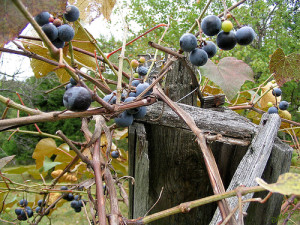
In addition you can use the leaves for stuffed grape leaves. Just rinse the leaves and use as you normally would use grape leaves. Grape leaves from the store are usually canned in brine, or salt water. Remember to adjust your recipes.
Nuts
There are a variety of nuts that can be just gathered from the ground at the right time. Walnuts, hickory nuts and butternuts are but a few of the nuts that can be gathered by foragers who know what they are looking for. Most can be simply shelled and eaten but generally will taste better with a little dry roasting. Just heat them up in a dry pan until they begin to smell warm and nutty. One note, hickory nuts can be deceiving so double check that you are getting tasty varieties and not bitternut hickory which lives up to its name.
Have you ever foraged for food in the wild? Tell us what you found in a comment!
Image Credits: Flickr – La. Catholique |dawnzy58

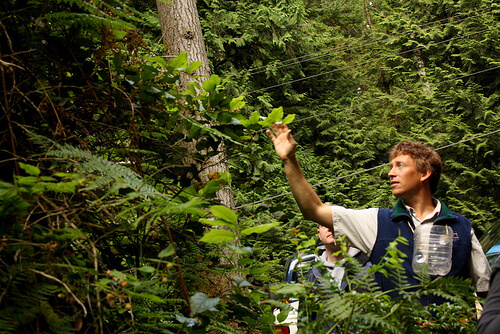
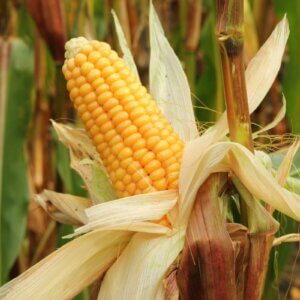
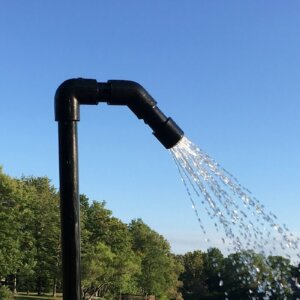


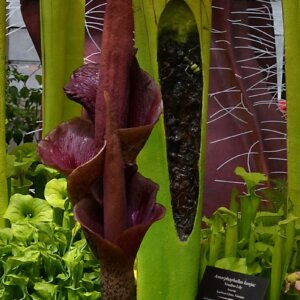



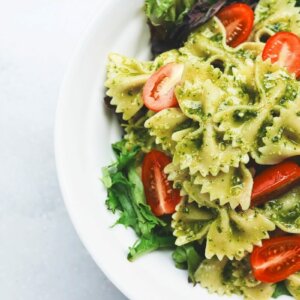

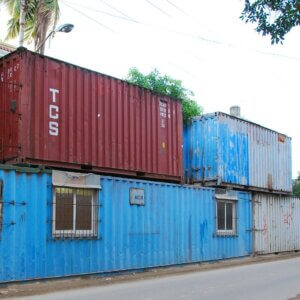
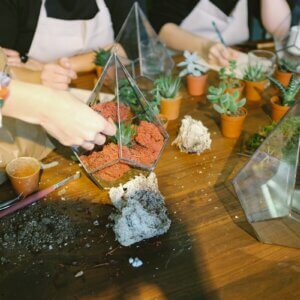

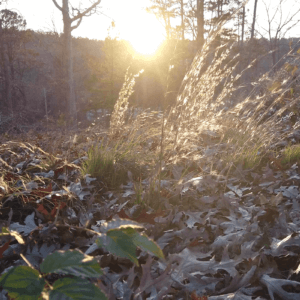
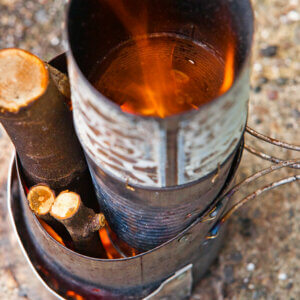

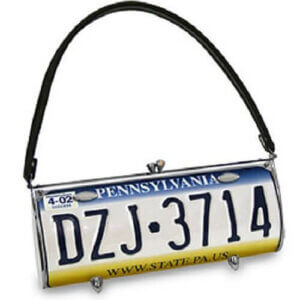
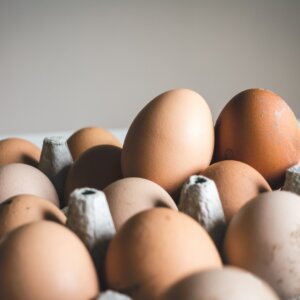
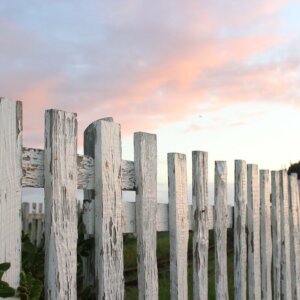
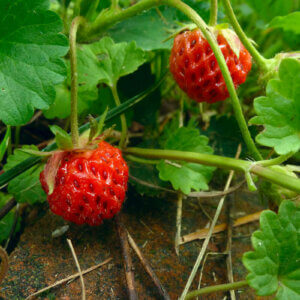
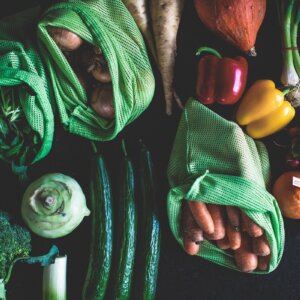

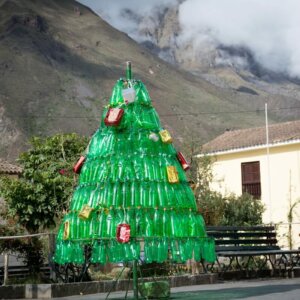

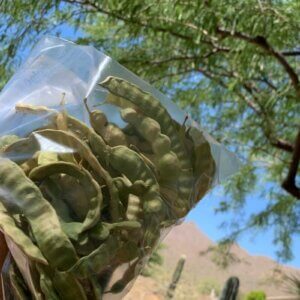
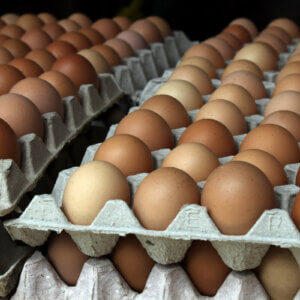
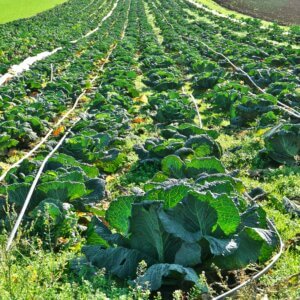


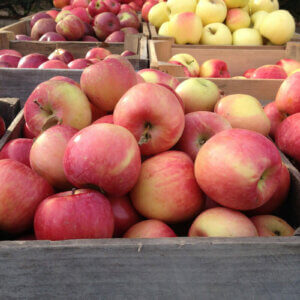
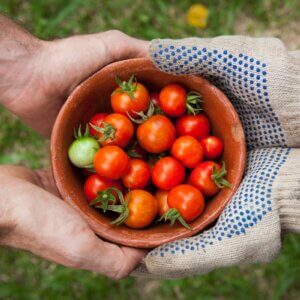
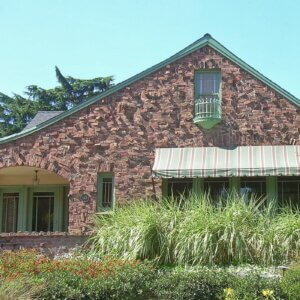

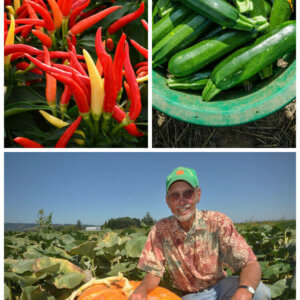

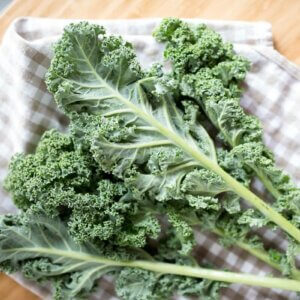
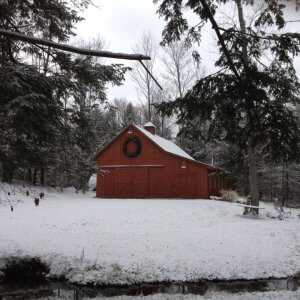


oops forgot my name on first one
I love foraging and found a bunch of stinging nettle plants. I picked them and made some great infusions, strong tea, that was really good. Give them a try if you have not before.
Peace
When foraging grapes make sure to pop one open and verify that the seeds are droplet-shaped – there is a poisonous lookalike called moonseed that has a crescent shaped seed inside it.
For someone new to suburban foraging I would suggest looking to identify blackberries instead. However, specifically only pick blackberries from a bush that has thorns in it.
Rosehips are also common in suburban areas, which are the bulbous things left behind when a rose has finished blooming. They make an excellent, if very sour, tea, and can also be jellied.